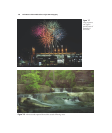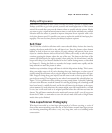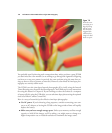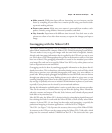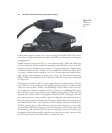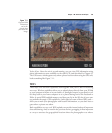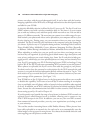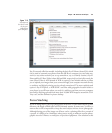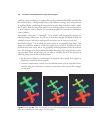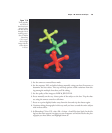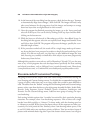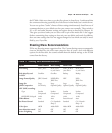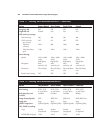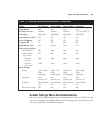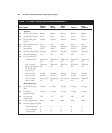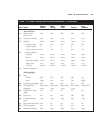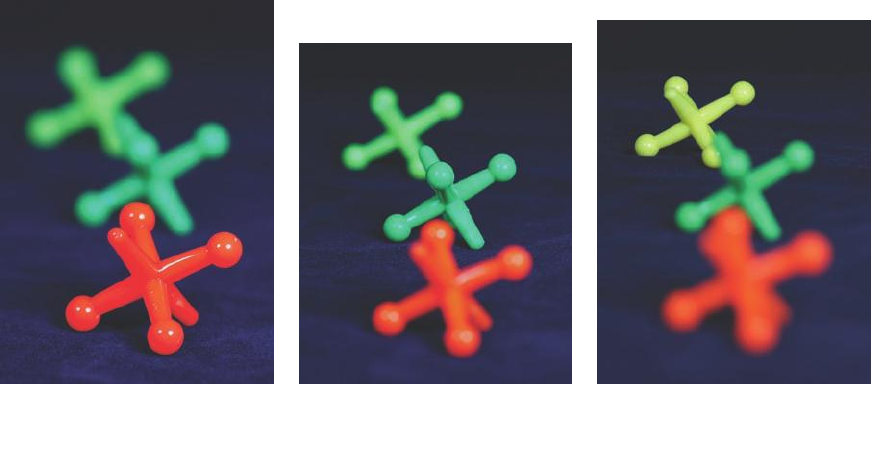
problem is focus stacking, a procedure that can be considered like HDR translated for
the world of focus—taking multiple shots with different settings, and, using software
as explained below, combining the best parts from each image in order to make a whole
that is better than the sum of the parts. Focus stacking requires a non-moving object,
so some subjects, such as flowers, are best photographed in a breezeless environment,
such as indoors.
For example, see Figures 7.13 through 7.15, in which I took photographs of three col-
orful jacks using a macro lens. As you can see from these images, the depth-of-field was
extremely narrow, and only a small part of the subject was in focus for each shot.
Now look at Figure 7.16, in which the entire subject is in reasonably sharp focus. This
image is a composite, made up of the three shots above, as well as 10 others, each one
focused on the same scene, but at very gradually increasing distances from the camera’s
lens. All 13 images were then combined in Adobe Photoshop CS5 using the focus stack-
ing procedure. Here are the steps you can take to combine shots for the purpose of
achieving sharp focus in this sort of situation:
1. Set the camera firmly on a solid tripod. A tripod or other equally firm support is
absolutely essential for this procedure.
2. Connect a wired remote control or use an infrared remote control if possible. If not,
consider using the self-timer to avoid any movement of the camera when images
are captured.
David Busch’s Nikon D7000 Guide to Digital SLR Photography198
Figures 7.13, 7.14, and 7.15 These three shots were all focused on different distances within the same scene. No
single shot could bring the entire subject into sharp focus.



